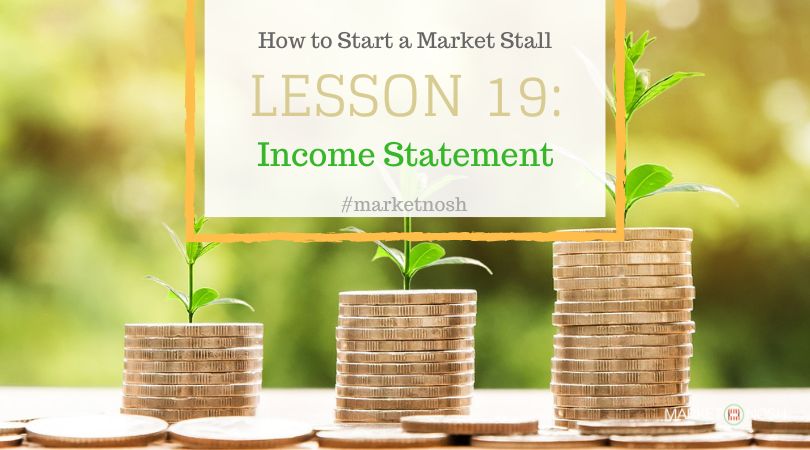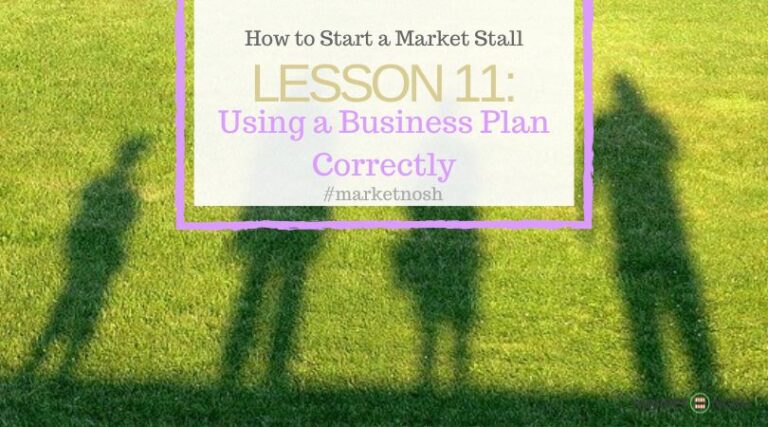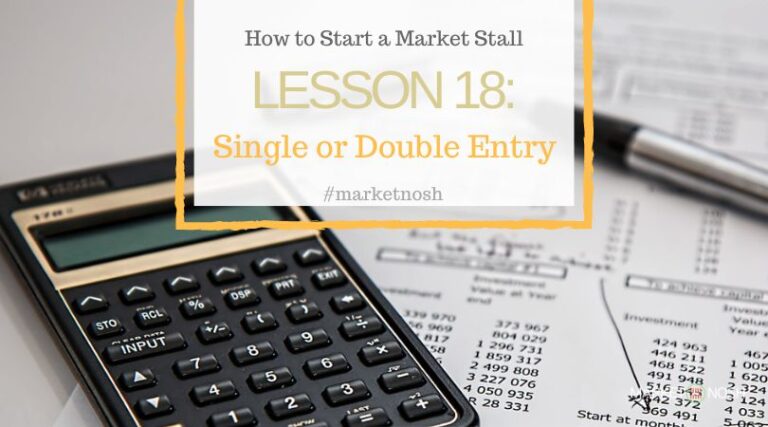Lesson 19: The Income Statement
In our previous lesson, we discussed the importance of recording the outgoings and income using a ledger and the single-entry accounting method.
Now, let’s dive into the Income Statement, also known as the Profit and Loss Statement, and understand its significance for your business.
***Again note, this is for educational purposes. Any financial advice should be sought from a professional service.***
What is an Income Statement?
An Income Statement is a financial document that summarises your business’s performance over a specific period, usually a quarter.
It helps you see how your business is doing, identify trends, and plan for the future.
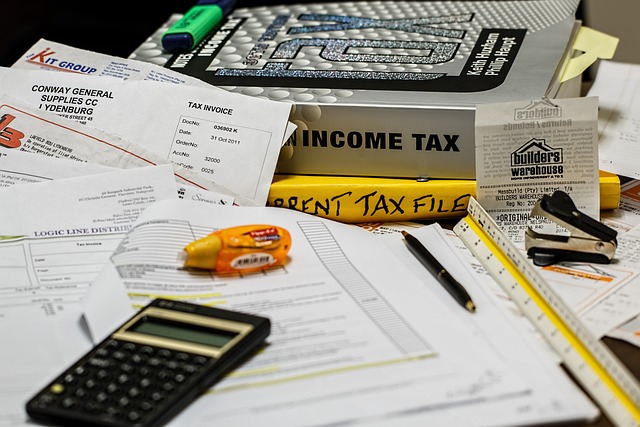
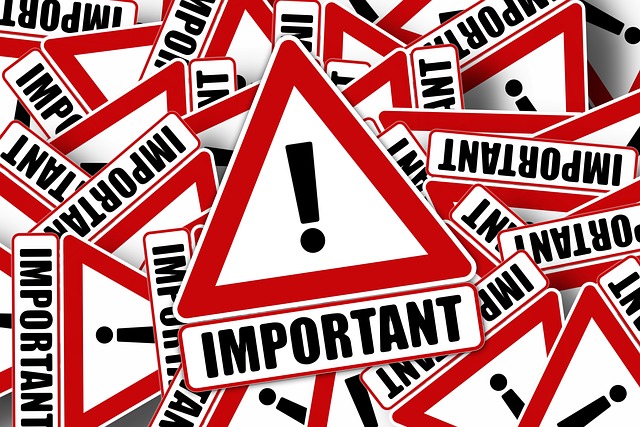
Why is it Important?
For market stall owners, understanding and using an Income Statement is crucial.
It helps you track your revenue and expenses, giving you a clear picture of your profitability. This is especially important in a business with seasonal fluctuations, like selling handmade wooden items in a busy market.
How to Create an Income Statement
Creating an Income Statement involves a few key steps.
Let’s break it down using an example of a woodworker selling items at a market.

Step 1: Record Your Revenue
Revenue, also known as sales, is the total amount of money earned from selling your products.
For instance, if you sell handcrafted wooden bowls, furniture, and decorations, add up all the sales you made during the period you are evaluating.
Example:
- Sales of wooden bowls: £1,000
- Sales of furniture: £2,500
- Sales of decorations: £1,500
Total Revenue: £5,000

Step 2: Calculate the Cost of Sales
The Cost of Sales includes all expenses directly related to creating your products.
This can include the cost of wood, tools, labor, and any other materials.
Example:
- Cost of wood: £80
- Cost of tools and maintenance: £300
- Labor costs: £600
Total Cost of Sales: £1,700

Step 3: Determine Gross Profit
Gross Profit is calculated by subtracting the Cost of Sales from your Revenue.
Example:
- Gross Profit = Total Revenue – Total Cost of Sales
Gross Profit = £5,000 – £1,700 = £3,300

Step 4: List Your Expenses
Expenses include all other costs associated with running your business, such as marketing, rent, and administrative costs.
Example:
- Marketing and advertising: £200
- Stall rent: £400
- Insurance: £100
Total Expenses: £700
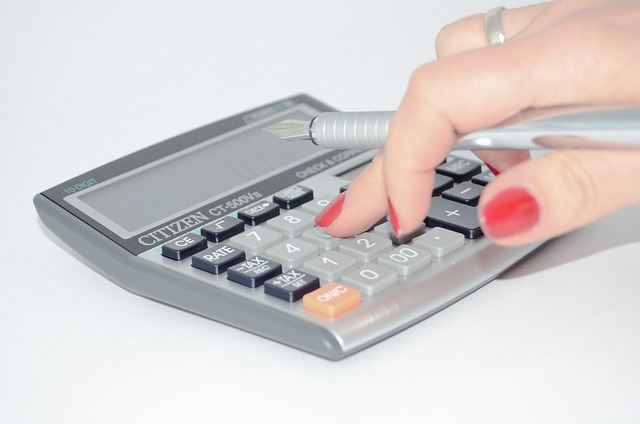
Step 5: Calculate Earnings Before Tax
Subtract your Total Expenses from your Gross Profit to get your Earnings Before Tax.
Example:
- Earnings Before Tax = Gross Profit – Total Expenses
- Earnings Before Tax = £3,300 – £700 = £2,600

Step 6: Account for Taxes
Depending on your local tax laws, calculate the taxes owed on your earnings.
For simplicity, let’s assume your earnings are below the taxable limit, so your tax is £0.
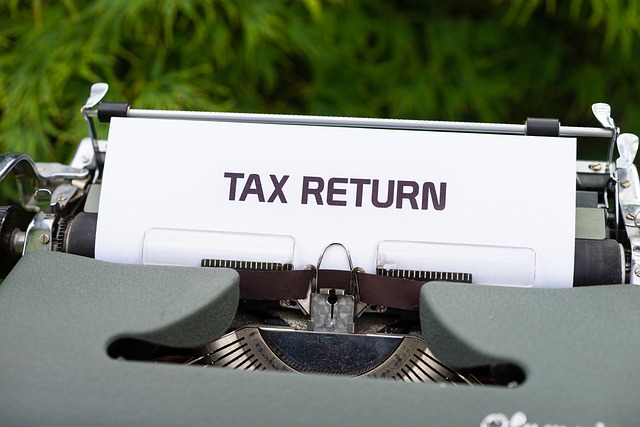
Step 7: Determine Net Earnings
Finally, subtract your taxes from your Earnings Before Tax to get your Net Earnings.
Example:
- Net Earnings = Earnings Before Tax – Taxes
Net Earnings = £2,600 – £0 = £2,600


What Can we Learn from an Income Statement
By analyzing your Income Statement, you can gain valuable insights into your business:
- Identify Trends: See which products sell best during different seasons.
- Plan Ahead: Prepare for slower periods by saving profits from busier times.
- Make Informed Decisions: Understand which areas of your business need improvement or investment.
Conclusion
Creating and maintaining an Income Statement might seem daunting at first, but it’s a valuable tool for understanding your market stall’s financial health.
By regularly reviewing your Income Statement, you can make informed decisions, plan for the future, and ensure your business thrives in a competitive marketplace.
When do you find the time to manage your Income Sheet and how have you used it in the past to help you. Leave a comment over on Facebook for us.
In our next lesson, we will discuss the Balance Sheet, which will help you get a complete picture of your financial position at any given time. Stay tuned!
Quick Quiz
- What is an Income Statement?
- How do you calculate Gross Profit?
- Name 2 things you can learn from using an income statement?


